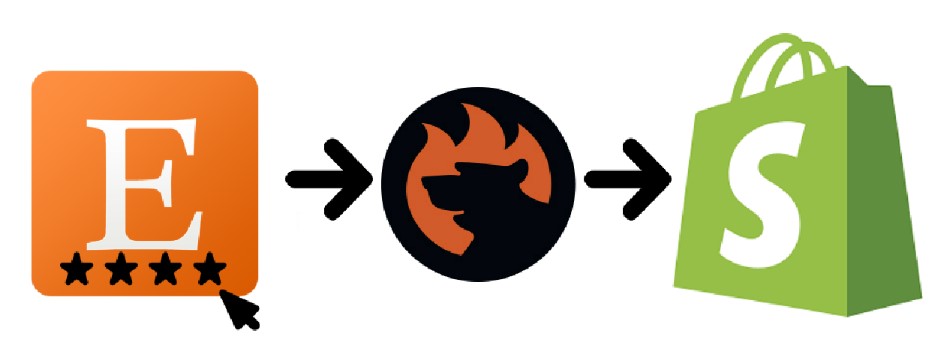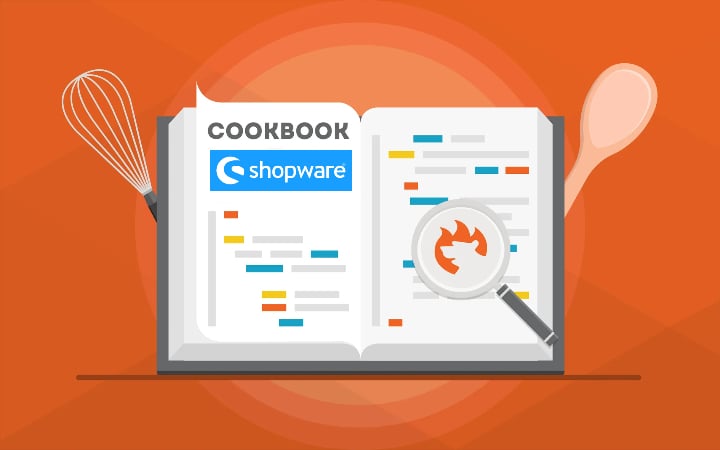Introducing Shopify Integration With Dynamics 365 Business Central: Features, Benefits & Connector

Today, we will continue to look into Shopify integrations – your best way to automate various business processes. This time our attention is focused on the Shopify Dynamics 365 Business Central integration. Buckle up if you want to automate hundreds of routine product, order, and customer management processes. Integrating Shopify with Dynamics 365 Business Central will make your e-commerce operations more efficient, admin-friendly, and fast. This how-to guide goes over the benefits, key features, and steps of the Shopify integration with Dynamics 365 Business Central. First, let’s outline what functions Dynamics 365 Business Central serves. Continue Reading









